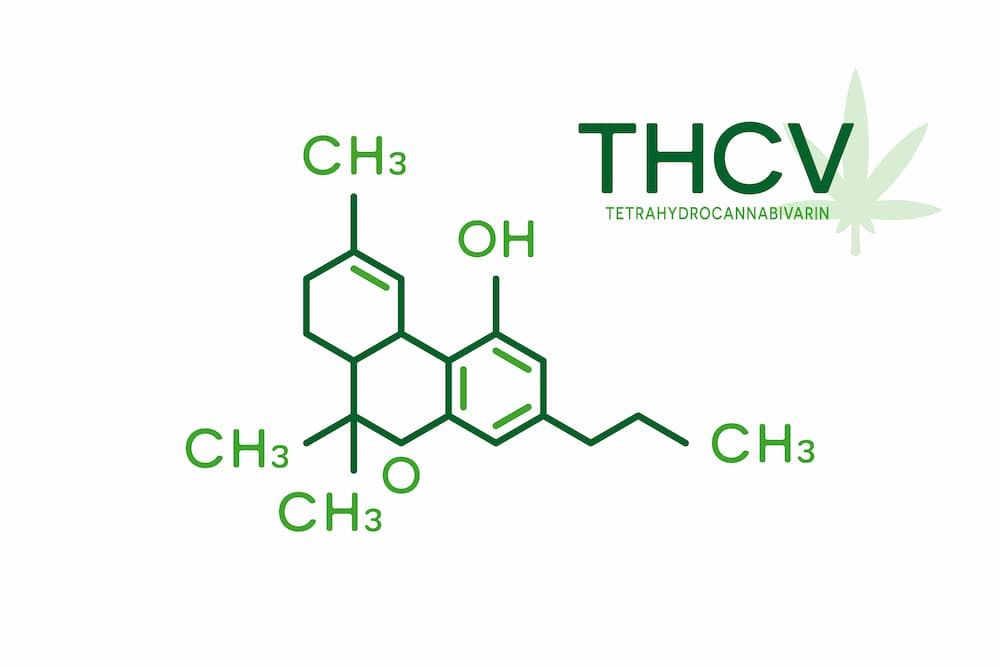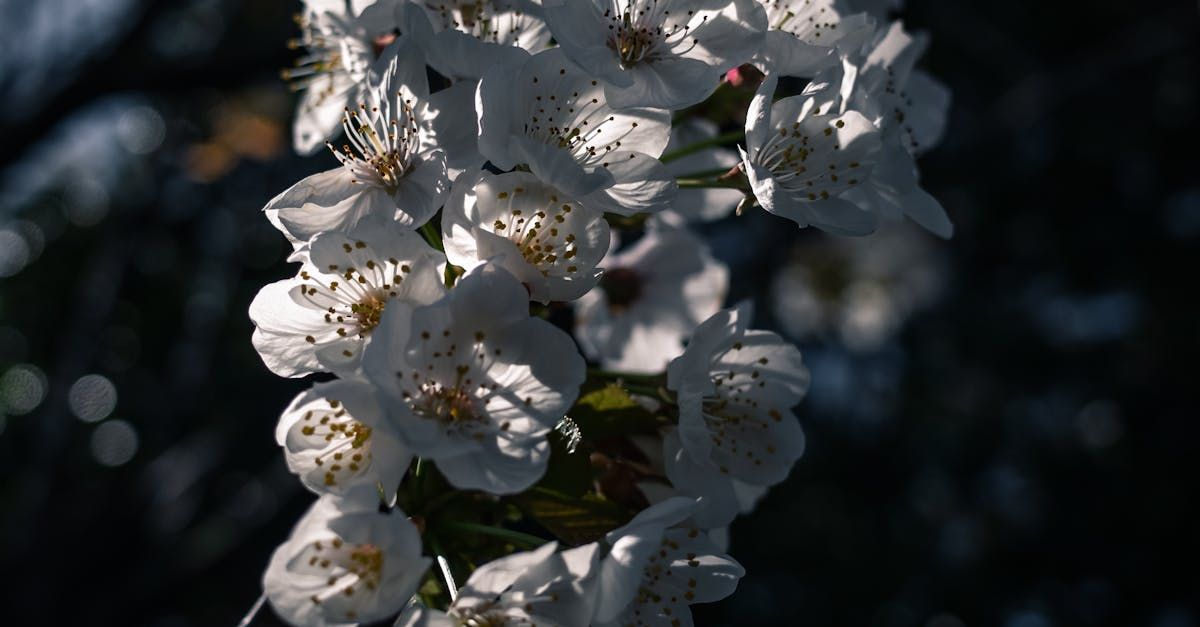What is THCV Cannabis? Understanding its Benefits and Effects
Exploring the Science Behind THCV Cannabis and its Emerging Popularity
THCV (Tetrahydrocannabivarin) is a naturally occurring cannabinoid found in the cannabis plant. While it shares some similarities with its more famous cousin THC (Tetrahydrocannabinol), THCV is unique in its effects and potential therapeutic benefits. In recent years, THCV cannabis has gained attention among both recreational and medical users for its promising properties.
What is THCV Cannabis?
THCV is a minor cannabinoid found in some strains of the cannabis plant. It is chemically similar to THC, with a similar molecular structure, but has some key differences in its effects. THCV is not psychoactive at lower doses, meaning it does not produce the same high as THC. However, at higher doses, it can produce some psychoactive effects, although they are typically less intense and shorter-lived than those of THC.
THCV also interacts with the endocannabinoid system (ECS) differently than THC, which may account for some of its unique properties. While THC primarily activates CB1 receptors in the brain, THCV has a higher affinity for CB2 receptors, which are primarily found in immune cells and other peripheral tissues.
Benefits and Effects of THCV Cannabis
The potential therapeutic benefits of THCV cannabis are still being studied, but early research suggests it may have several promising properties. Here are some of the reported benefits and effects of THCV:
- Appetite suppression: THCV has been shown to reduce appetite, which may be useful in treating obesity and other metabolic disorders.
- Diabetes management: THCV may help regulate blood sugar levels and improve insulin sensitivity, making it a potential treatment for diabetes.
- Neuroprotection: THCV has been shown to have neuroprotective properties, which may be useful in treating conditions such as Parkinson's disease and multiple sclerosis.
- Anxiety and panic attacks: While THC can sometimes increase anxiety and produce panic attacks in some users, THCV may have anxiolytic properties, meaning it may help reduce anxiety and stress.
THCV may also have some other effects, such as producing a more clear-headed and focused high than THC, and reducing the intensity of THC's psychoactive effects.
THCV cannabis is an emerging trend in the world of cannabis, with its unique effects and potential therapeutic benefits making it an attractive option for many users. While more research is needed to fully understand its properties and effects, early studies suggest that THCV may have several promising uses, particularly in the areas of appetite suppression, diabetes management, and neuroprotection. Whether you are a recreational or medical user, THCV cannabis is worth considering as a potential alternative to THC-dominant strains.
Disclaimer: The information provided in this article is for educational purposes only. The content is not intended to be a substitute for professional medical advice, diagnosis, or treatment. Always seek the advice of your physician or other qualified healthcare provider with any questions you may have regarding a medical condition. The use of cannabis, including smoking, may have potential health risks and may not be suitable for everyone. It is essential to understand and abide by the laws in your country or state regarding cannabis use. The author and publisher of this article are not responsible for any adverse effects or consequences that may result from the use of the information presented in this article. This blog is sponsored by Fresh Mint.
SHARE:
Disclaimer: The information provided in this article is for educational purposes only. The content is not intended to be a substitute for professional medical advice, diagnosis, or treatment. Always seek the advice of your physician or other qualified healthcare provider with any questions you may have regarding a medical condition. The use of cannabis, including smoking, may have potential health risks and may not be suitable for everyone. It is essential to understand and abide by the laws in your country or state regarding cannabis use. The author and publisher of this article are not responsible for any adverse effects or consequences that may result from the use of the information presented in this article. This blog is sponsored by
Fresh Mint.












